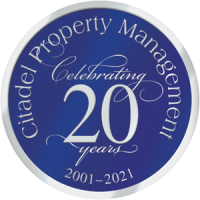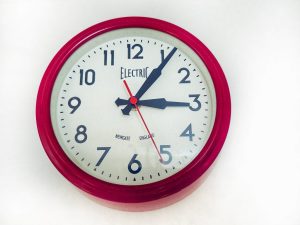The National Association of Home Builders’ Housing Market Index is a monthly measure of how confident builders are in the market for newly built homes. The index is based on a survey of builders and is considered an important indicator for the market since home builders have to know when, where, and what Americans want to buy in order to be successful. If builders are feeling confident and building more homes, chances are conditions are good and buyers are interested. According to the most recent survey, overall confidence was unchanged in September but the index component measuring future expectations reached a six-month high. Robert Dietz, the NAHB’s chief economist, says lower mortgage rates may be behind the increasing optimism. “NAHB expects the Fed to cut the federal funds rate at their meeting this week, which will help lower interest rates for builder and developer loans,” Dietz said. “Moreover, the 30-year fixed rate mortgage average is down 23 basis points over the past four weeks … this is the lowest level since mid-October of last year and a positive sign for future housing demand.” (source)













